
PR
This year Kyoto entered the rainy season later than any other city in recorded history. Thanks to this, June was relatively refreshing. During this time, I went to the town of Keihokucho in search of a place to cool off from the heat.
Take the JR bus bound for Shuzan and get off at the Hosonokuchi bus stop in Keihokucho,Takimata Falls.The goal was toA waterfall associated with Jukai Kaishi, a nephew of Oda Nobunaga, a champion of the Azuchi-Momoyama period.So, walking through the refreshing grove of trees, we came out along the mountain stream. The high temperature of 30 degrees Celsius was nothing to be concerned about, and the negative ion effect made me feel more refreshed both physically and mentally.
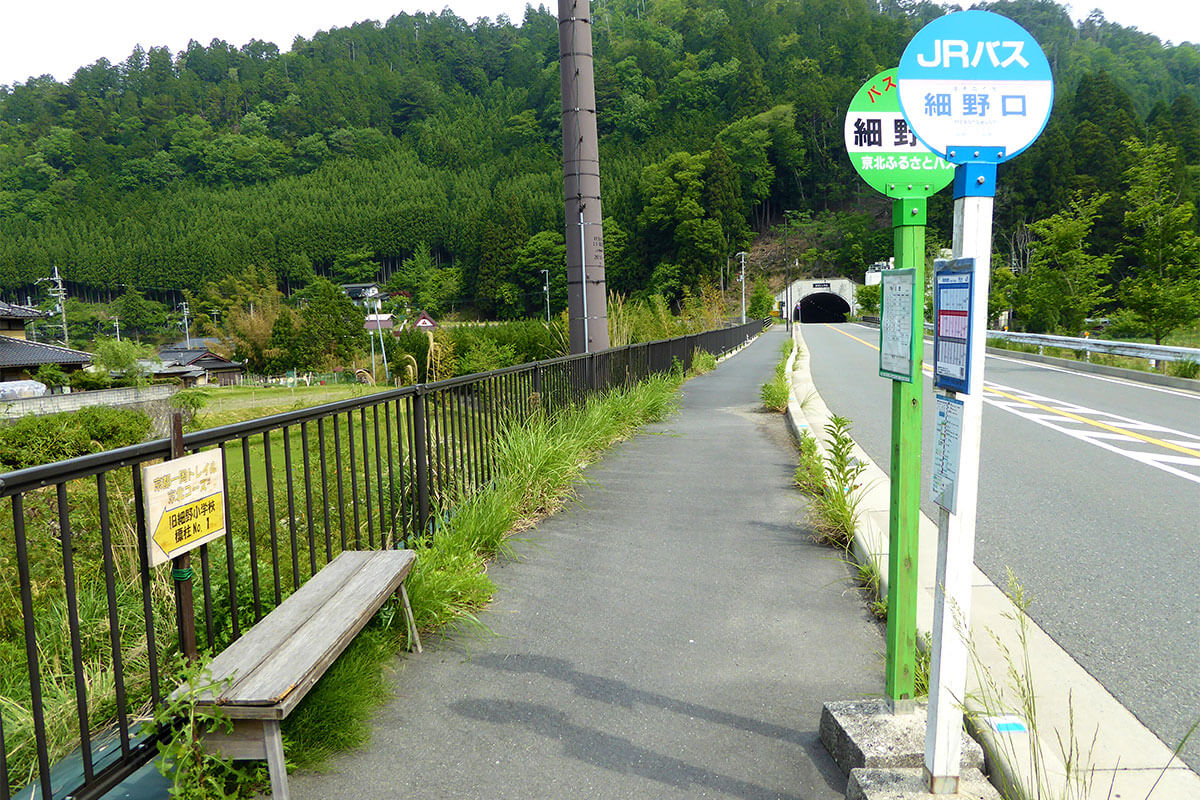
JR Bus Hosonokuchi bus stop
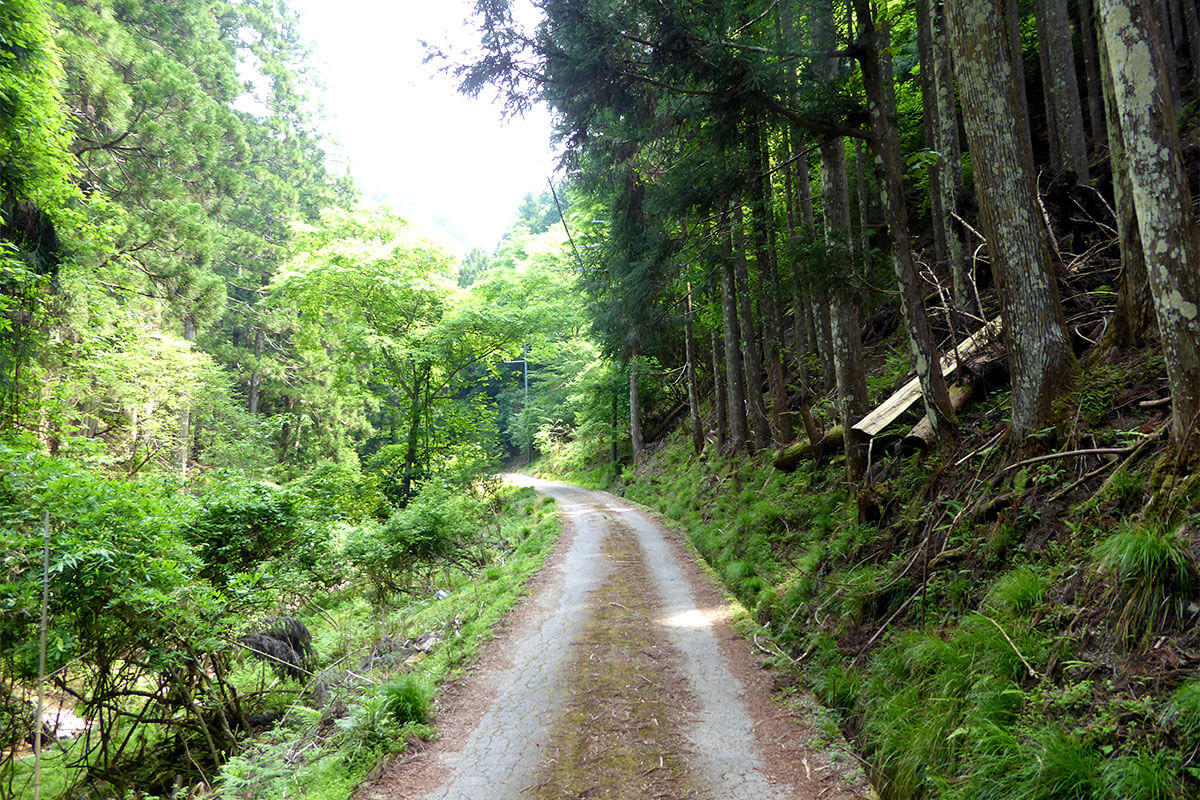
Walking along the mountain path toward Takimata Falls
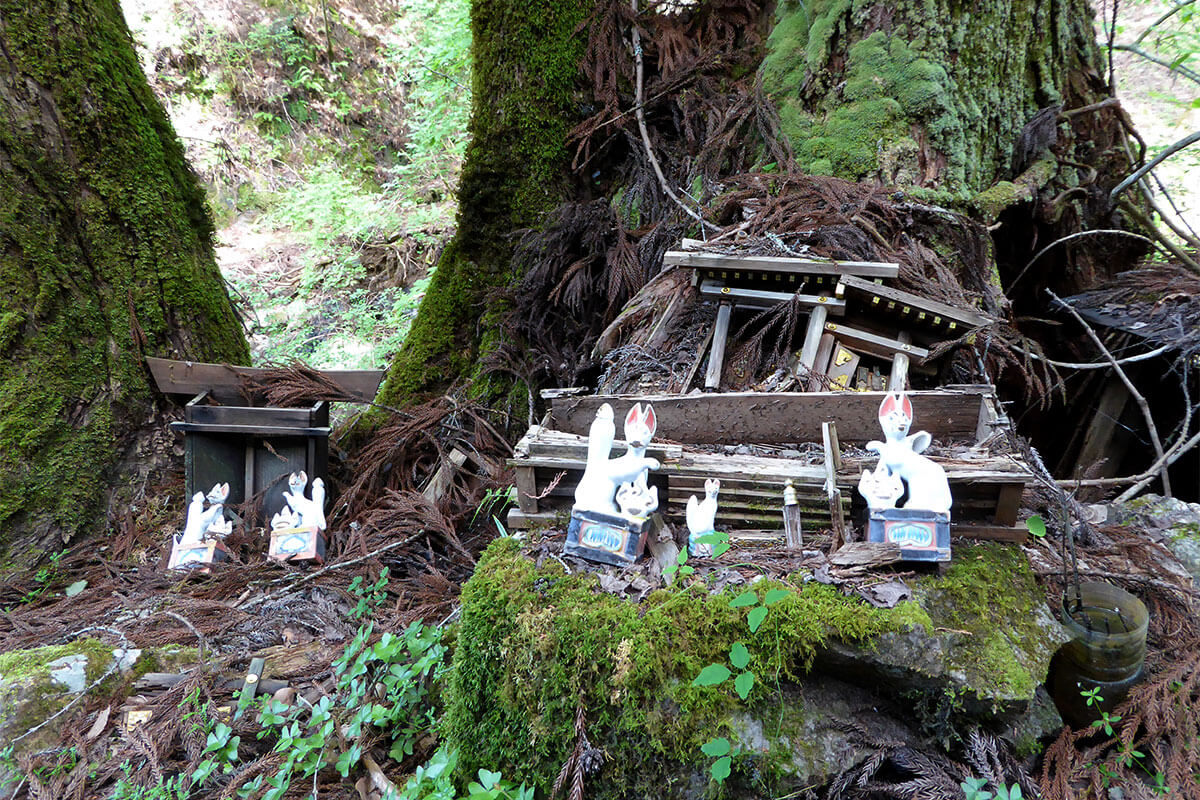
We met on the way!
Inari-san at the base of a two-timbered tree?
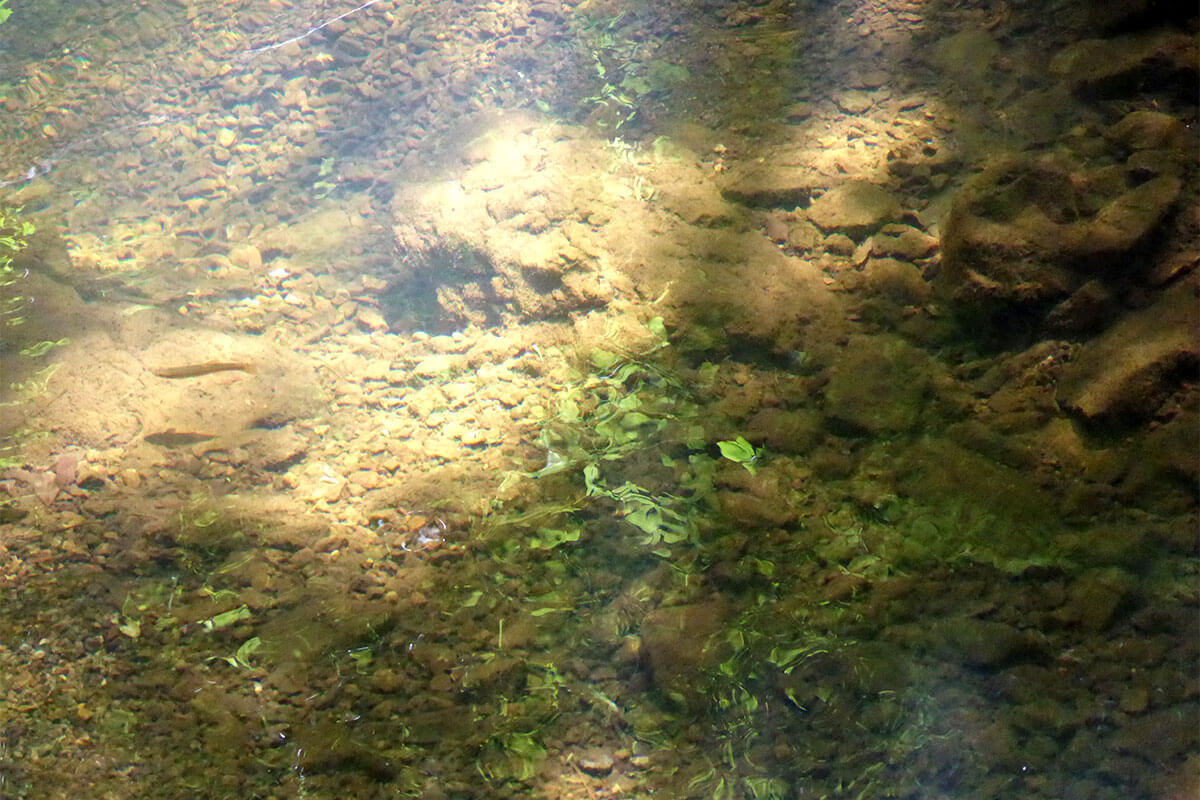
The water in the river is clear. Some fish on the left.
You enjoy hiking in the mountains,Suddenly, a sculpture gate appears.
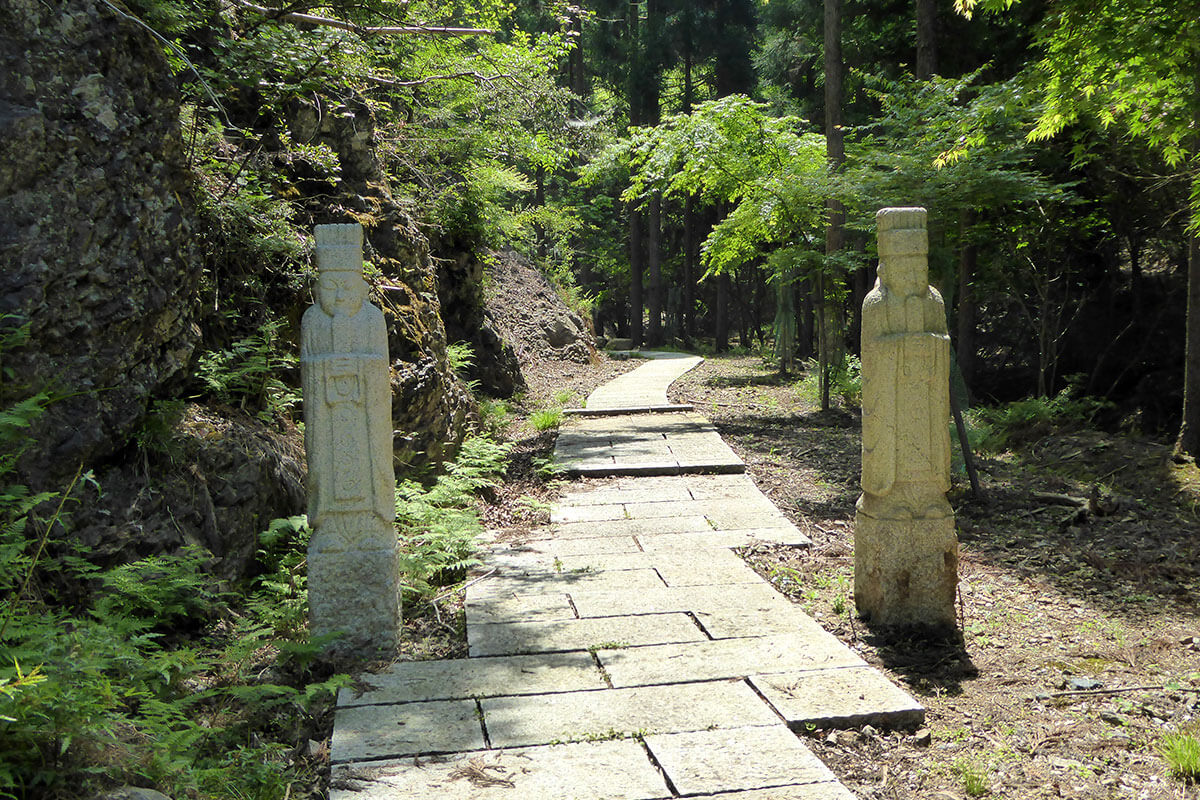
Suddenly, a gate appears!
Since then,In a cave with a hollowed-out wall, stone Buddhas enshrined one by one appeared one after another. Who carved and enshrined the Buddha images here and for what purpose? The sudden appearance of the Buddha on the surface of the mountain surprised me, and at the same time, I was immersed in a mystical feeling for a while. At a branch in the middle of the group of stone Buddhas, we took the road to Takimata Falls.
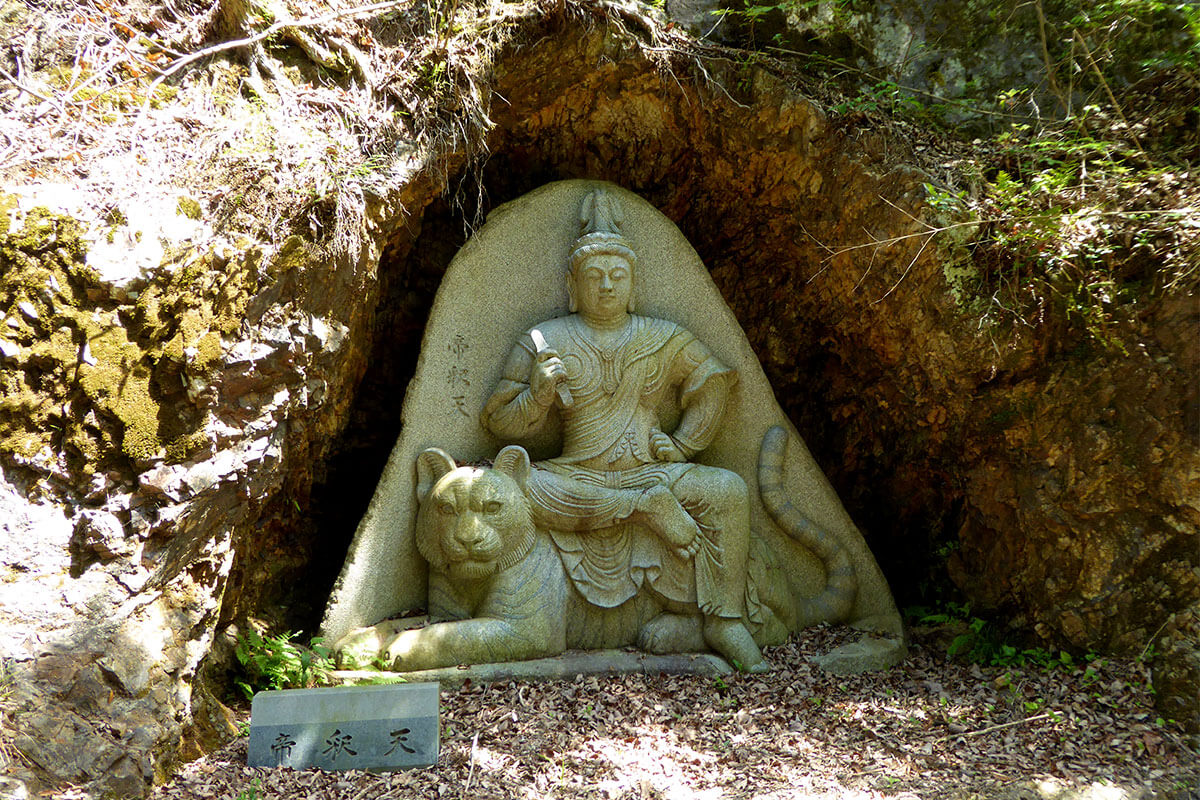
The Buddha image is in a hole in the carved mountain surface!
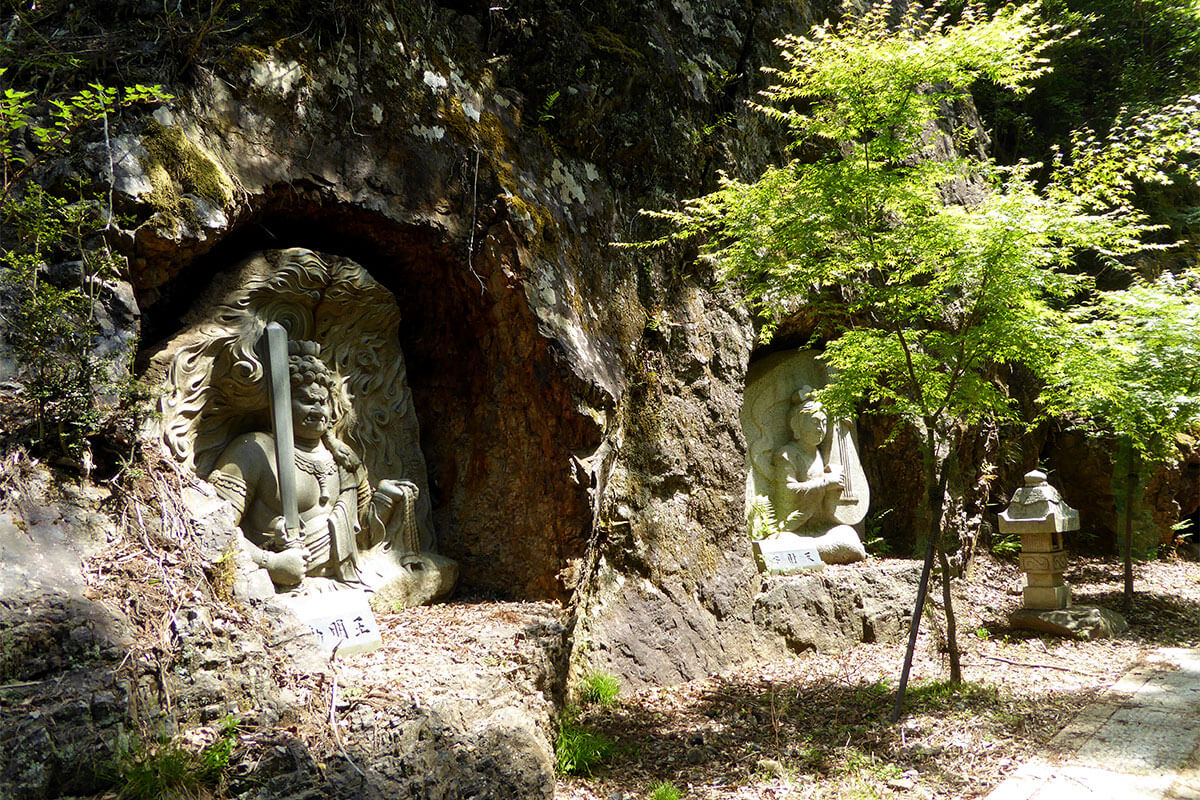
Buddha images appear one after another.
After a while, we arrived at the waterfall. Although not a large waterfall, it was quite spectacular to see it fall in two stages.
The godfather of this waterfall is Jikai Inga Koji, nephew of Nobunaga OdaIt is said that the waterfall is the site of the Honnoji Incident. After the Honnoji Incident, it is said that Jukai Kaiju lived in hiding above this waterfall and practiced waterfall asceticism here. Even today, this waterfall is located in the mountains, far from the city of Kyoto. Before the Honnoji Incident, it must have been an isolated island on land. Then, why did he have to hide and live in this place?
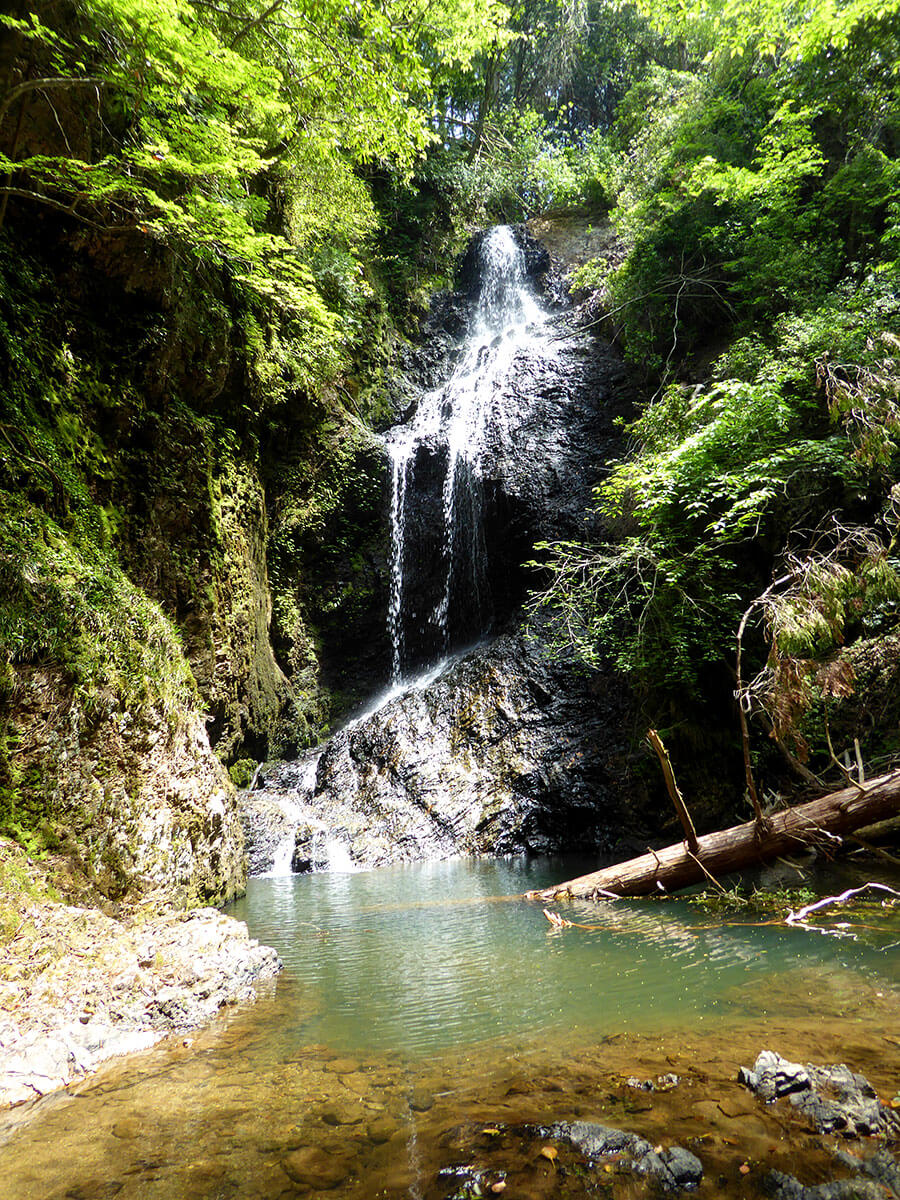
Takimata Falls, a waterfall associated with Jukai Kaishi
The following historical episodes provided the background for this.
During Nobunaga's reign, the Hokke sect in Kyoto was gaining momentum in Azuchi. Nobunaga, who wanted to reduce the power of the Lotus Sect, ordered a religious inquiry between the Nichiren Sect and the Pure Land Sect. In common parlance,"Ando Sect Theory."That's what it is called. One of those who made the decision was a Ten Kai Kaishi. The result was that Nichiren Shoshu was defeated, and the monks who questioned him were stripped of their robes, beaten, and made to take a humiliating oath. They also paid a huge sum of money in superscription. However, there is a conspiracy theory that behind this decision, Nobunaga wanted to suppress Nichiren Shoshu, which was gaining power not only in Kyoto but also in Azuchi and Gifu, Nobunaga's home provinces, and that Jukai Kaishi, who accepted this intention, led the Pure Land sect to an advantage and made them win.
After Nobunaga's death, however, the situation changed drastically. To avoid retaliation by the Hokke sect, Jukai Kai-inshi lived in seclusion deep in the mountains of northern Kyōhoku. It is said that the priests on the Hokke sect side of the religious inquiry and Akechi Mitsuhide, who caused the Honnoji Incident, were close friends, and perhaps one of the triggers of that major incident was a grudge held by the Hokke sect. In any age, it is the world of people that may be inhabited by "demons.
On the way to Takimata Falls, a signboard said that one of the high priests who confronted Nichiren Shoshu in a religious debate was Jukai Kaishi. Thinking of this page of history, I left Takimata Falls, feeling comfortable with the cool breeze and the sound of water blowing from the waterfall.
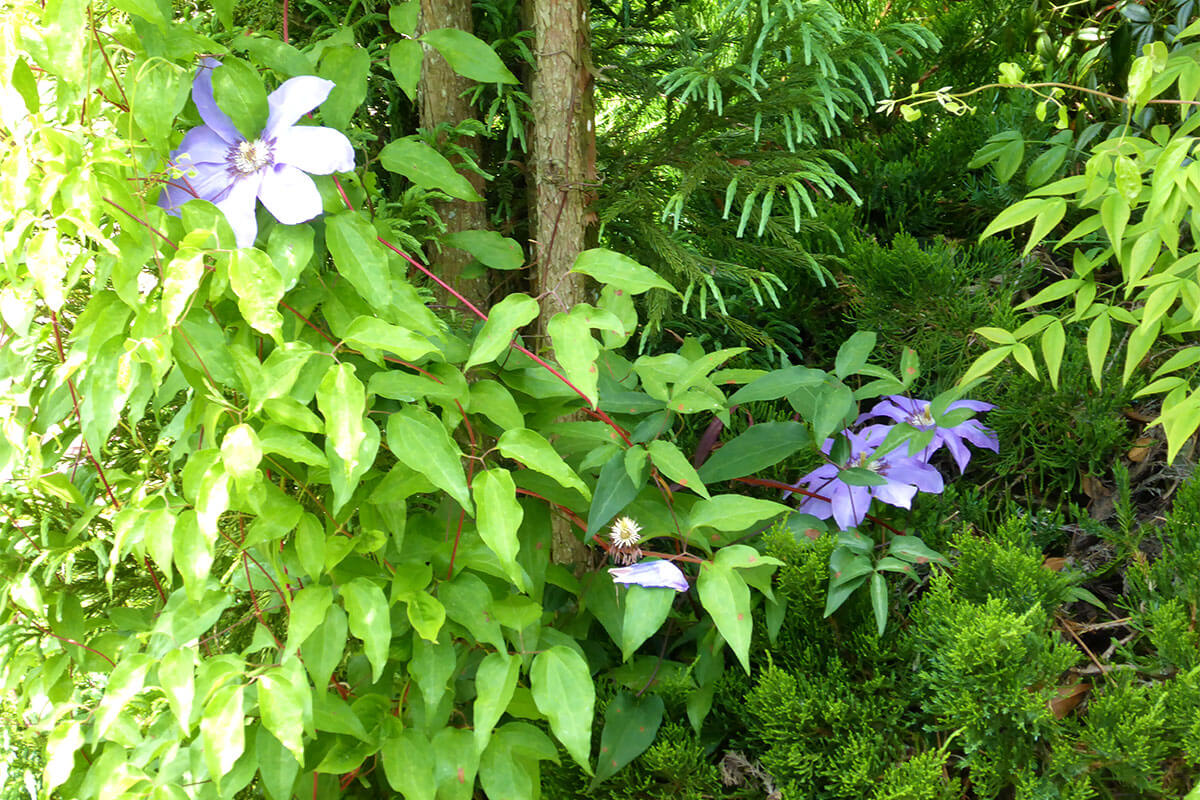
Walking in the town of Hosono, I saw summer flowers, tessens in bloom.
Tradition that exists everywhere in the city of Kyoto. It is not just a picture, it is secretly alive in this modern age and continues to coexist with people. The two of Office TO, who previously wrote a series of articles "Kyoto's Demon World Exploration" in the monthly magazine Leaf, explore the mysterious "different" world of Kyoto, which was created over 1200 years. I will unravel the story while actually visiting the place. .
 News
News Feature article
Feature article Featured event
Featured event